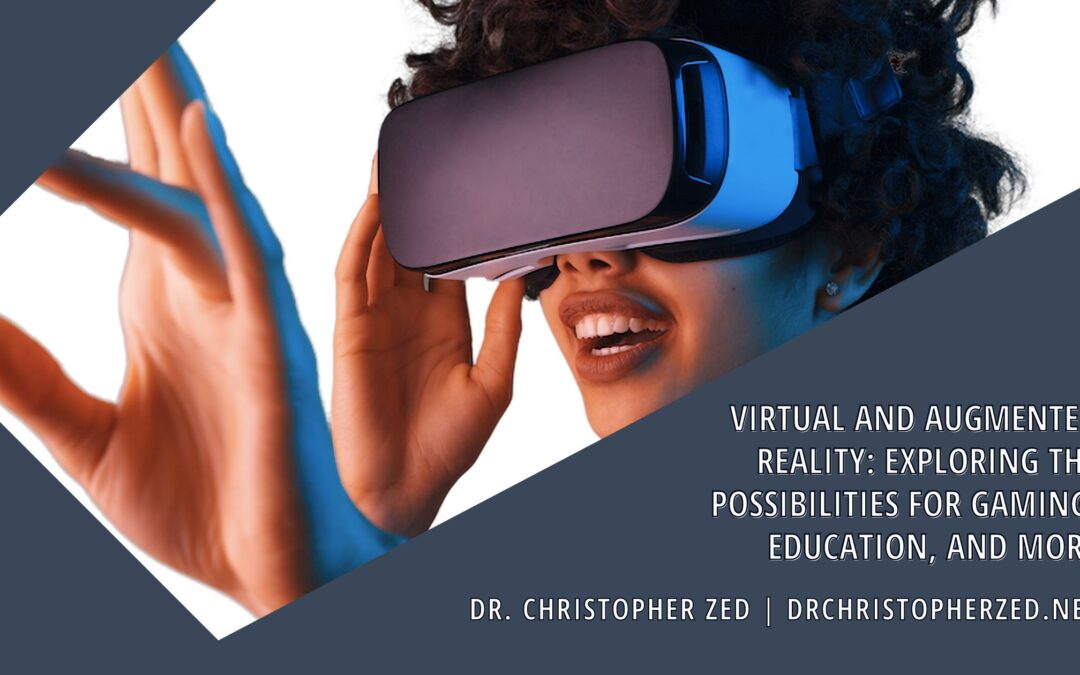Virtual and augmented reality technologies have revolutionized the way we experience and interact with the world around us. From gaming to education and beyond, these technologies have the potential to transform industries and change the way we learn, work, and play. In this blog, we will explore the possibilities of virtual and augmented reality and their potential to impact various fields.
Gaming
Gaming is one of the most popular applications of virtual and augmented reality. Virtual reality gaming immerses players in a completely simulated environment, providing a new level of interactivity and immersion. Players can experience games in a way that feels more like real life, with the ability to move around and interact with objects in the game world. Augmented reality gaming, on the other hand, overlays digital content in the real world, allowing players to interact with virtual objects in a real-world setting. This technology has already been used in popular games like Pokémon Go, enabling players to catch virtual creatures in real-world locations.
Education
Virtual and augmented reality also has significant potential in the field of education. With virtual reality, students can explore historical sites, scientific concepts, and other topics completely immersively, making learning more engaging and memorable. Augmented reality can overlay digital content onto physical textbooks, making learning more interactive and dynamic.
Healthcare
The healthcare industry can also utilize virtual and augmented reality c. Virtual reality can be used to simulate medical procedures, allowing doctors and medical students to practice in a safe and controlled environment. Augmented reality can be used to overlay digital information onto a patient’s body during surgery, providing real-time guidance and feedback to the surgeon.
In architecture and design, virtual and augmented reality can create 3D models of buildings and interior spaces. This allows architects and designers to better visualize and communicate their designs to clients, helping them make more informed decisions. Virtual reality can also create virtual showrooms, allowing customers to experience products completely immersively.
Tourism
The tourism industry can also benefit and be enhanced by virtual and augmented reality. Virtual reality can create virtual tours of popular destinations, allowing people to explore and experience new places from the comfort of their homes. Augmented reality can overlay digital information onto physical landmarks, providing visitors additional information and context.
Entertainment
Virtual and augmented reality have significant potential in entertainment. Virtual reality concerts and events allow people to experience live performances completely immersively. In contrast, augmented reality can enhance live performances, providing additional visual effects and information.
Virtual and augmented reality technologies can transform industries and change how we learn, work, and play. These technologies have already been used in gaming, education, healthcare, architecture and design, tourism, and entertainment, and their potential applications are only limited by our imagination. As technology advances, we can expect virtual and augmented reality to become even more prevalent, offering us new and exciting ways to experience and interact with the world around us.

